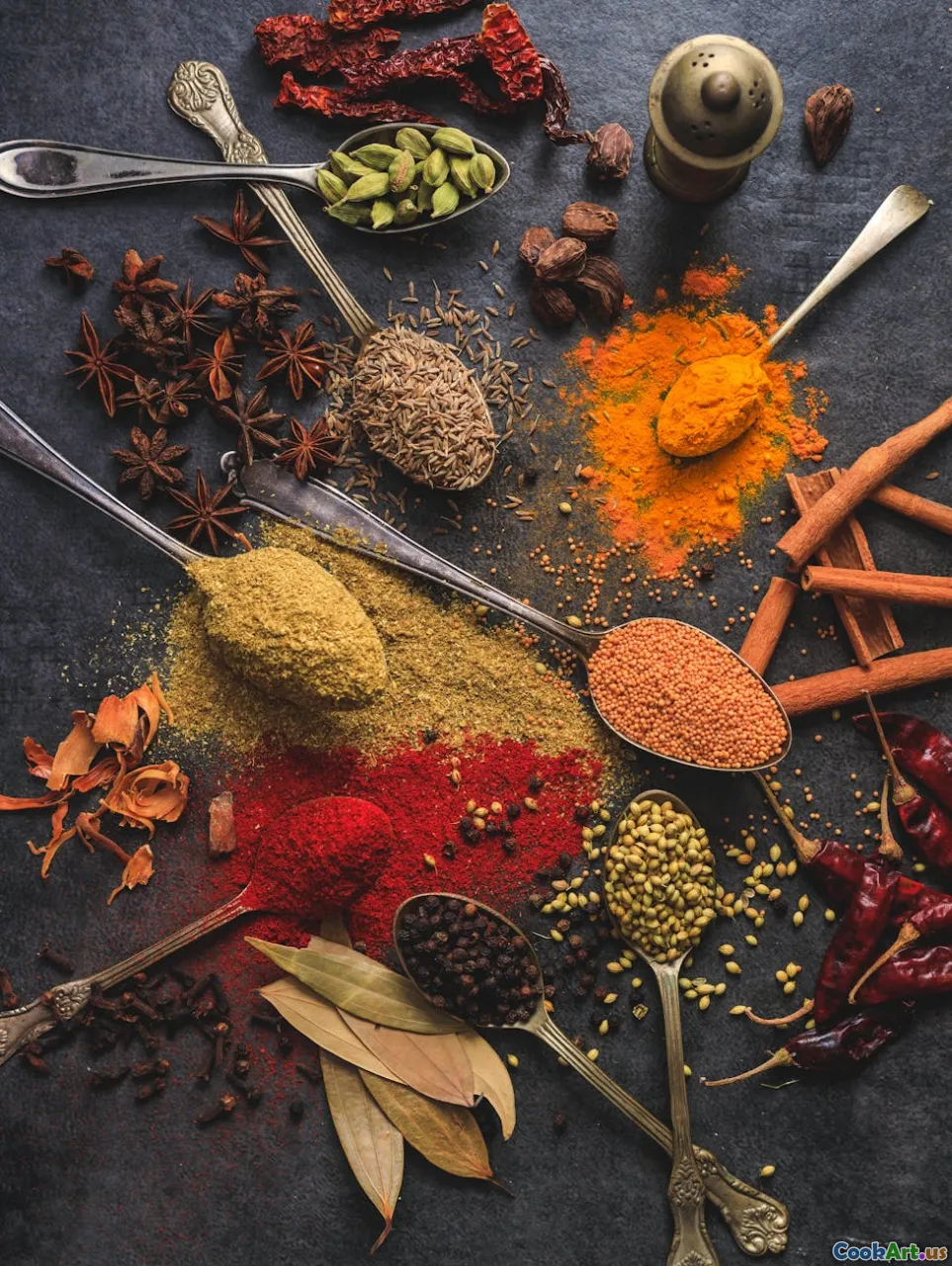The Science of Scent in Cooking
6 min read Explore the fascinating relationship between scent and taste in cooking, and how aromas enhance our culinary experiences. April 12, 2025 05:45
The Science of Scent in Cooking
Cooking is often described as an art, but it's equally a science. One of the most fascinating aspects of culinary science is the relationship between scent and taste. Understanding how aromas influence our perception of flavor can enhance our cooking and elevate our dining experiences. In this article, we will delve into the science of scent in cooking, exploring how our sense of smell interacts with taste, the role of volatile compounds, and practical applications for home cooks.
The Connection Between Smell and Taste
When we eat, our experience of flavor is a combination of taste (the basic sensations detected by our taste buds) and smell (the olfactory sensations detected by our nose). In fact, about 80% of what we perceive as taste is actually derived from our sense of smell. This phenomenon is why food can taste bland when we have a cold or a blocked nose; the aromas that enhance our flavor perception are not reaching our olfactory receptors.
How Odor Molecules Work
The key to understanding the science of scent in cooking lies in the volatile compounds that are released from food during preparation and cooking. These compounds are small molecules that evaporate into the air, where they can be detected by our olfactory receptors. Different foods release different combinations of these molecules, creating unique scents that can evoke memories, emotions, and even cravings.
For instance, the aroma of freshly baked bread is a complex blend of over 600 different volatile compounds, while the smell of caramelized onions can be attributed to compounds such as sulfur and various sugars undergoing the Maillard reaction.
The Role of Aroma in Flavor Perception
Aromas play a crucial role in flavor perception. When we chew food, the act of mastication releases more volatile compounds, which travel to the olfactory receptors in the nasal cavity. This process is called retronasal olfaction and is responsible for the enhanced flavor experience.
Interestingly, different cultures have developed unique culinary practices that highlight the importance of scent. For example, in Indian cooking, the use of spices not only adds flavor but also creates a rich aroma that is integral to the dish's appeal.
Cooking Techniques and Their Aromatic Impact
Different cooking techniques can dramatically alter the aroma of food. Here are a few examples:
- Roasting: This method caramelizes sugars and browns proteins, creating a rich, complex scent profile. The Maillard reaction, in particular, adds depth and umami flavors.
- Sautéing: Quick cooking at high heat can enhance the natural aromas of vegetables and proteins, allowing for a vibrant scent that complements the dish.
- Steaming: While it may not produce the same aromatic intensity as roasting, steaming preserves the fresh scents of vegetables, allowing their natural aromas to shine.
- Smoking: Infusing food with smoke adds a distinct, bold aroma that can transform a dish. Each type of wood used for smoking imparts its unique scent, enhancing the overall flavor experience.
Practical Applications for Home Cooks
Understanding the science of scent can help home cooks create more flavorful and aromatic dishes. Here are some tips to enhance the scent in your cooking:
- Use Fresh Ingredients: Fresh herbs, spices, and produce have more volatile compounds, leading to a stronger aroma. Consider growing your own herbs for maximum freshness.
- Layer Flavors: Build aromas by using a combination of cooking techniques. Start with a base of sautéed onions and garlic, then add spices, and finish with fresh herbs to create a complex scent profile.
- Pay Attention to Timing: Add delicate herbs or spices towards the end of cooking to preserve their aromatic qualities. Conversely, robust spices can be added earlier to allow their flavors to develop.
- Experiment with Aromatic Pairings: Certain ingredients naturally complement each other. For example, the combination of citrus and herbs can brighten a dish's aroma and flavor.
Conclusion
The science of scent in cooking is a remarkable interplay between chemistry and culinary art. By understanding how aromas influence our perception of taste, cooks can enhance their dishes and create memorable dining experiences. The next time you cook, take a moment to appreciate the scents that fill your kitchen and remember that each aroma tells a story about the food you're preparing. Happy cooking!









